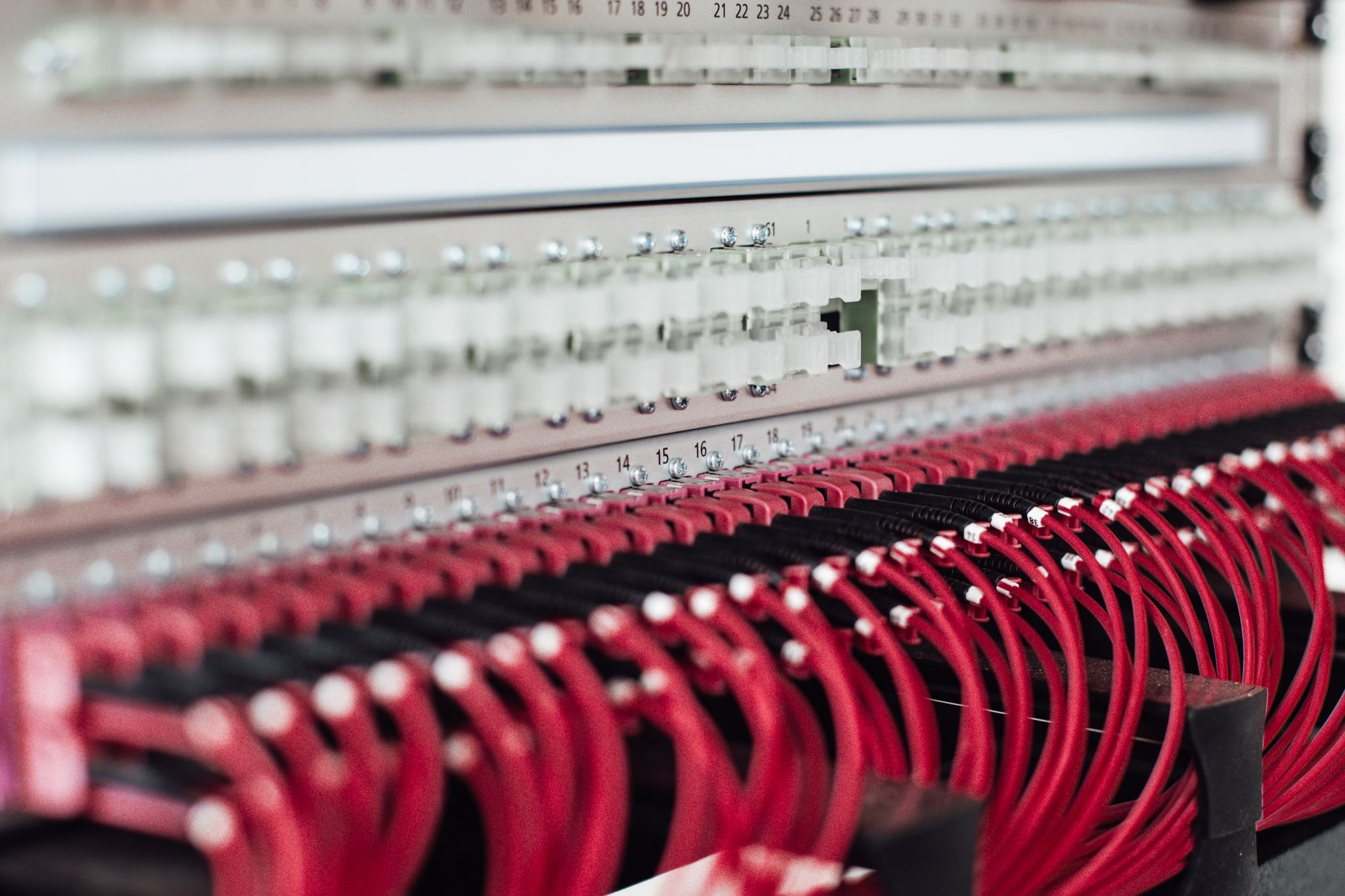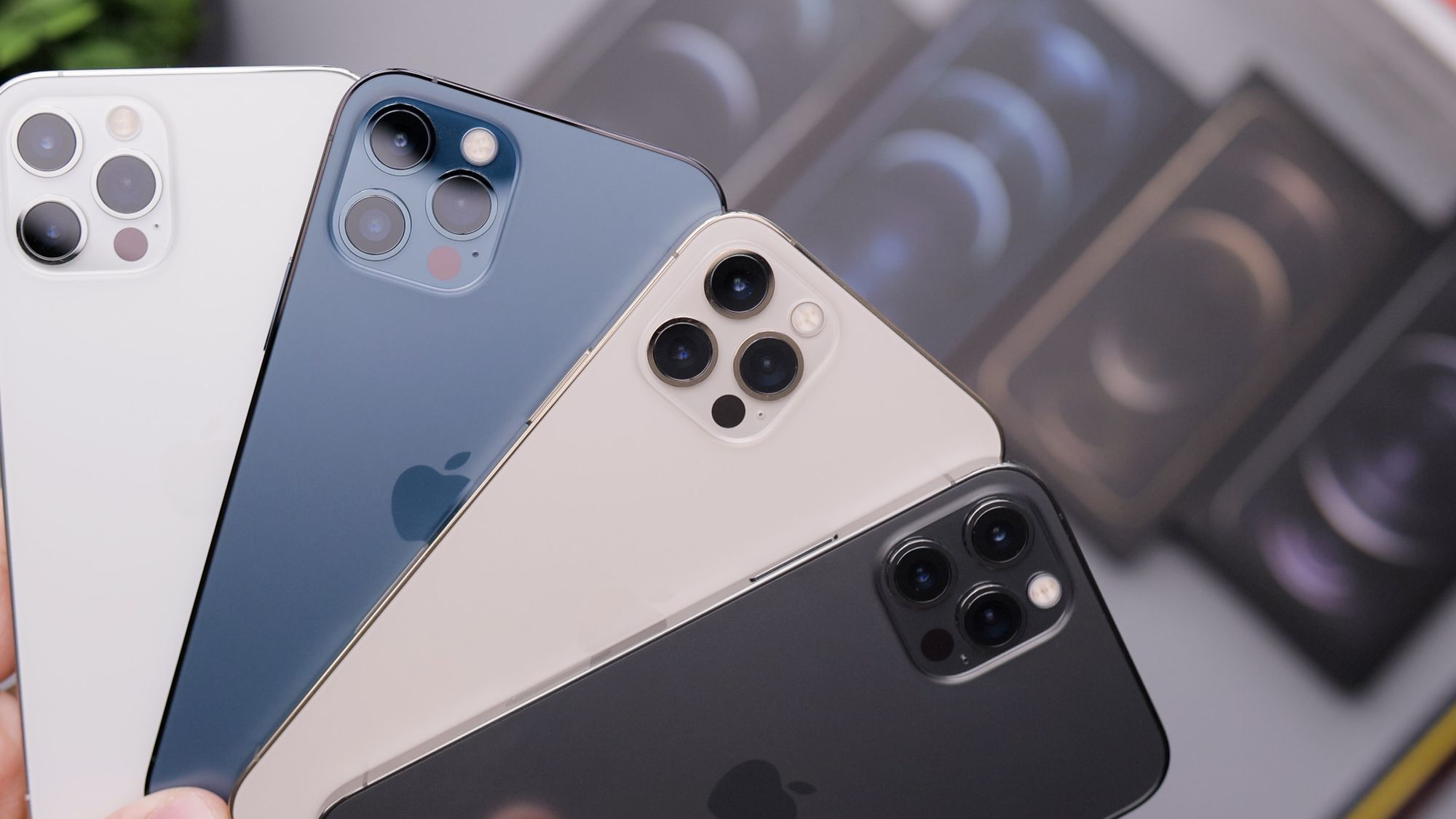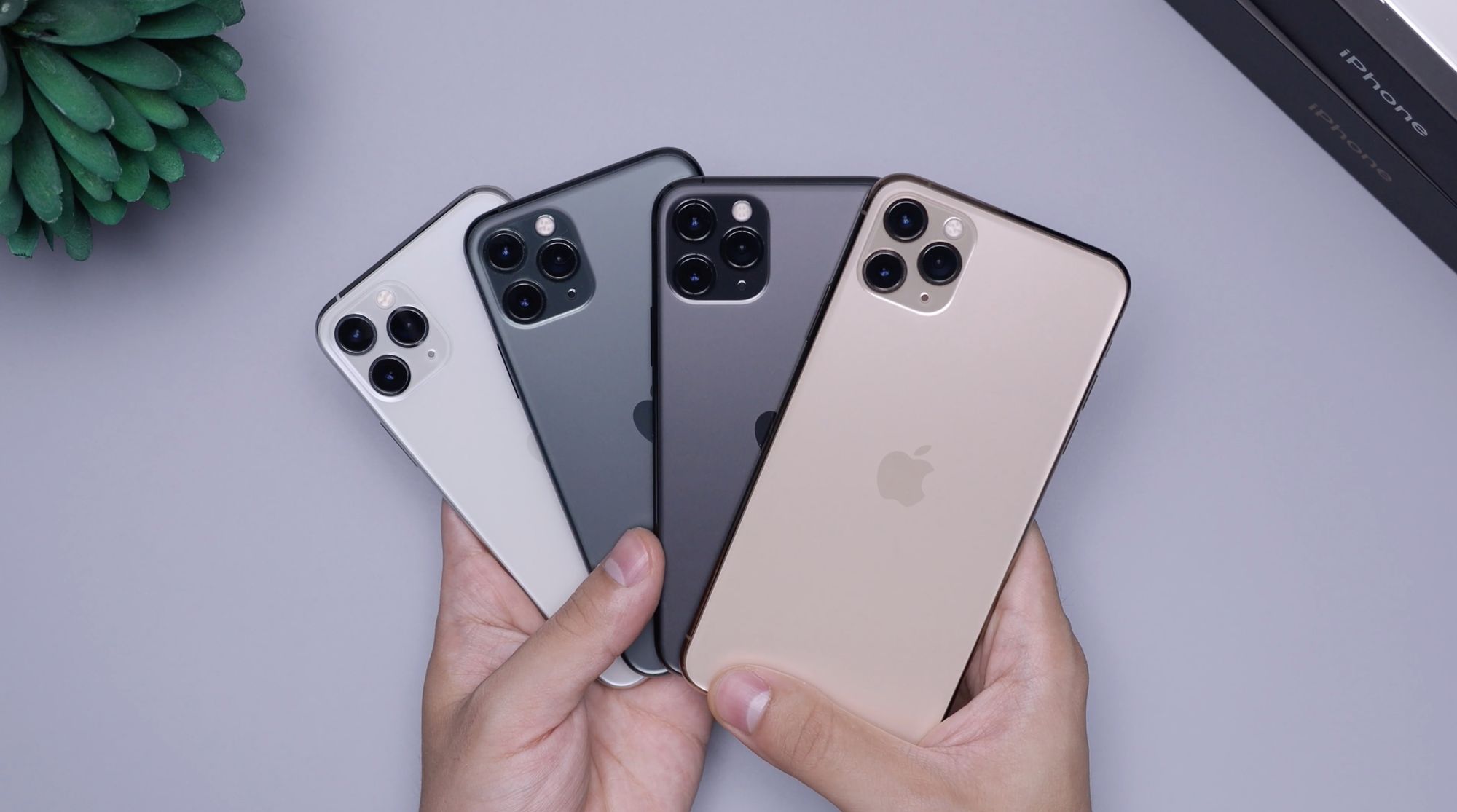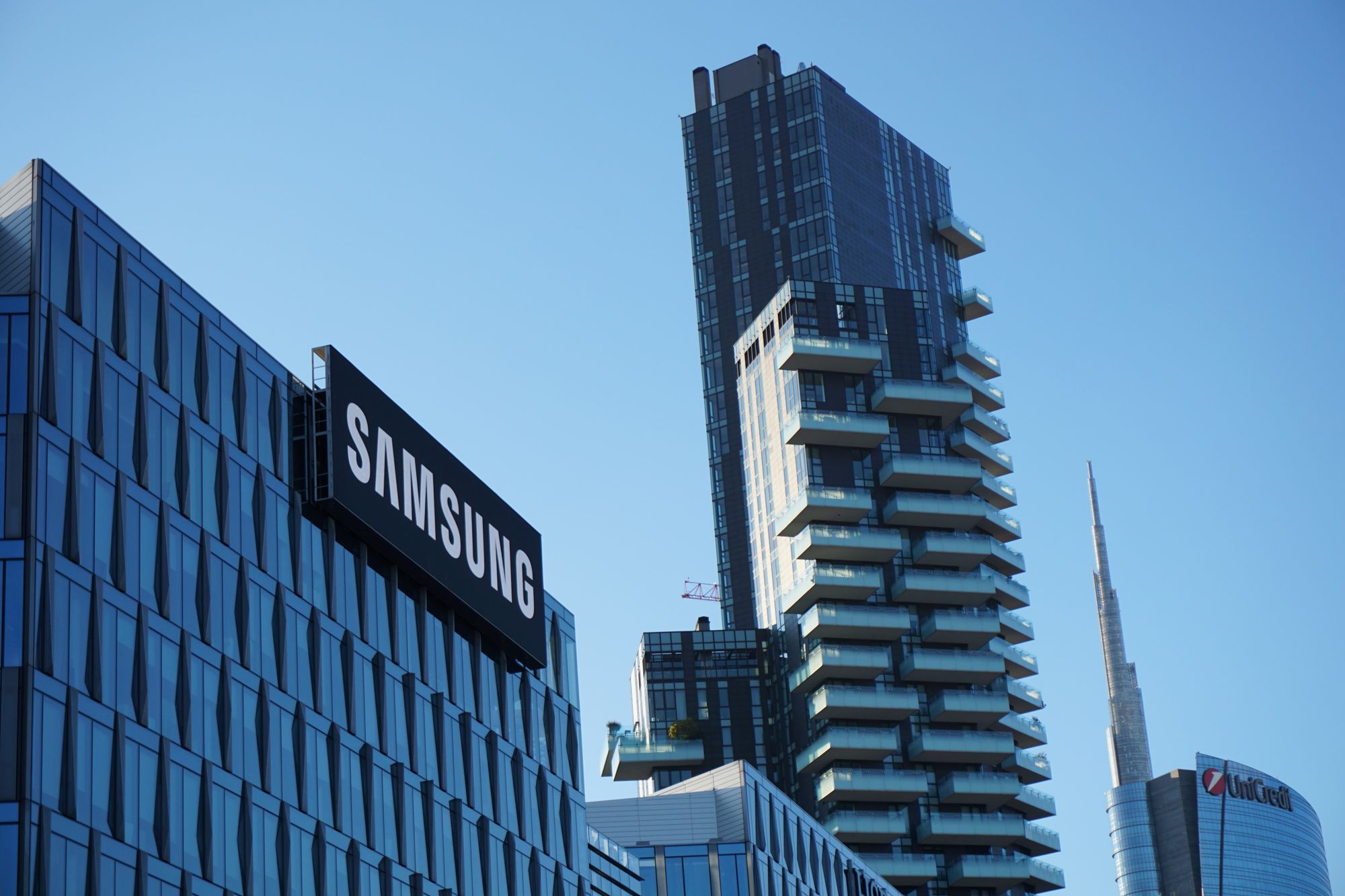What is MIMO?
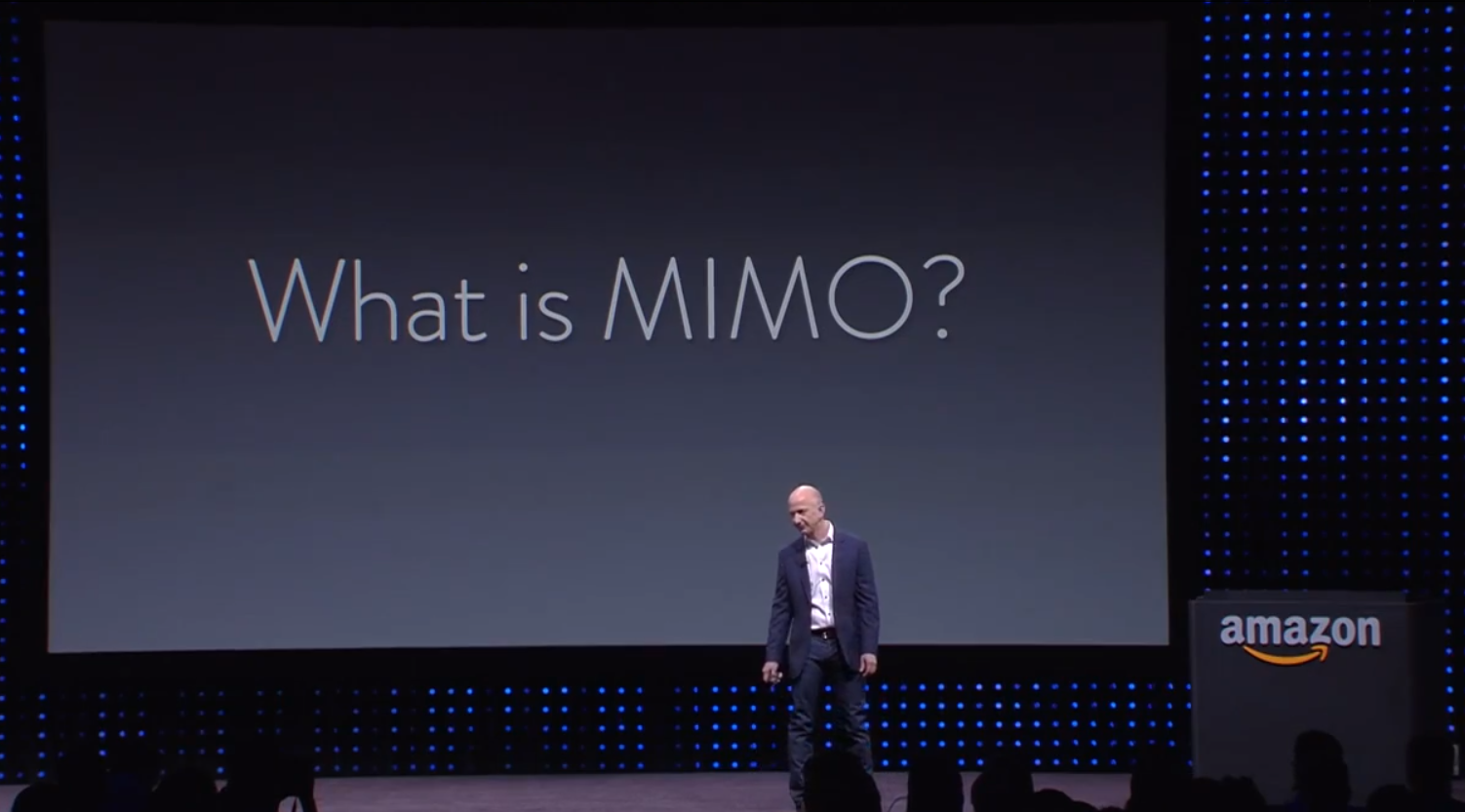
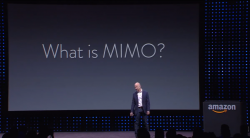 MIMO, short for multiple-input and multiple-output and pronounced me-moh or my-moh, is a wireless technology that uses multiple transmitters and receivers to accelerate the the speed of transferring data. It is the same technology that makes Wi-Fi 802.11 N and 4G fast.
MIMO, short for multiple-input and multiple-output and pronounced me-moh or my-moh, is a wireless technology that uses multiple transmitters and receivers to accelerate the the speed of transferring data. It is the same technology that makes Wi-Fi 802.11 N and 4G fast.
In simple terms, MIMO increases the number of antennas at the receiver point and the transmitter point and they both work together to increase the performance without the need for more bandwidth or more power. With the use of multiple antennas, they send and receive multiple communication signals simultaneously. Think of it as a radio station that has more than one broadcasting the same content (lets just say without any delay or lag); the result is a stronger signal and better audio.
In more complicated terms, MIMO widens the broadcast spectrum to allow more data flow through at a time. It leverages the natural occurrence of radio waves using multiple “smart” transmitters with an additional spatial dimension to increase both range and performance.
To effectively use MIMO, both the receiver and the broadcaster must support MIMO. If the device or receiver support MIMO, then it will not take advantage of the added speed and performance and it is known as a degenerate case of MIMO. There are many degenerate cases of MIMO, including SISO, SIMO, or MISO. SISO is when both the transmitter has a single antenna. SIMO is when the broadcaster has one antenna, but the receiver has multiple antenna. MISO is a case where the broadcaster has multiple antenna but the receiver has a single antenna.
Right now, not all devices support MIMO technology. Amazon had made it known that their new Kindle Fire has MIMO technology. Its competitors like Apple’s iPad and Google’s Nexus 7 does not support that technology. Most laptops that has an Atheros, Intel, or Broadcom chipsets have the ability to support MIMO. Laptops like Apple’s Macbook, several Dell Latitude and Precision notebooks have the technology to support MIMO.

